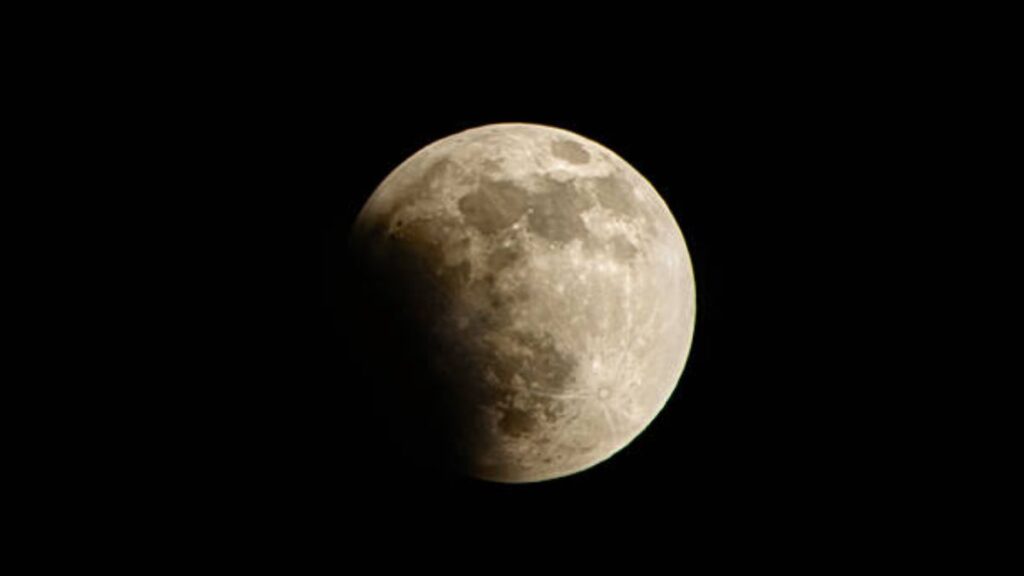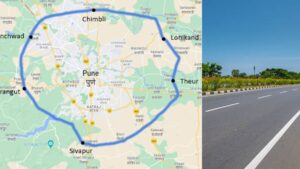When is the last lunar eclipse this year, where will it appear in India?

The last lunar eclipse of this year is scheduled to take place between September 17 and 18. The special thing about this lunar eclipse is that it will be the full moon day.
It is also called supermoon. A supermoon is a celestial event during which the moon is closest to Earth and 14 percent brighter. It is also called perigee moon. September’s full moon is also called the Harvest Moon because of its association with autumn harvests in the Northern Hemisphere.
This time the lunar eclipse will be a penumbral lunar eclipse. There are actually three types of lunar eclipses. Full Lunar Eclipse, Partial Lunar Eclipse and Penumbral Lunar Eclipse. In a full lunar eclipse, the moon is completely covered by the earth’s shadow.
The shadow of a planet or satellite that falls in the form of an angle in the opposite direction to the Sun is called shadow. In a partial lunar eclipse, a part of the moon is covered by the earth’s shadow. While in a penumbral lunar eclipse the moon enters the umbra of the earth it is called penumbra.
This was not a full moon eclipse, so there is no shadow of the moon on the earth, but a sub-shadow. That is, a hazy shadow appears. In a penumbral lunar eclipse, no change in the shape of the moon is seen.
People of India will not be able to see this lunar eclipse.
This lunar eclipse will not be visible because of the increasing light of the sun in the morning. However, according to the American space agency NASA, its time in India is from 6.11 am to 10.17 am on September 18.
In America, this lunar eclipse will happen on the evening of Tuesday, September 17.
Where will the lunar eclipse be seen?
Talking about countries other than India, this lunar eclipse will be seen in many countries of the world, including parts of North America, Europe, Africa and South America.
How Lunar Eclipse Happens?
During the orbit of the Sun, when the Earth comes between the Moon and the Sun, due to this, the Earth’s shadow falls on the Moon and the part of the Moon becomes dark.
This situation is called lunar eclipse.
A lunar eclipse is visible over a wider scale than a solar eclipse.
The special thing about lunar eclipse is that anyone can see it with naked eyes, whereas this is not the case in solar eclipse.
What is Supermoon, Bluemoon and Bloodmoon?
Supermoon: A supermoon is a celestial phenomenon. During this time the Moon is closest to Earth and appears 14 percent brighter. It is also called perigee moon. The position closest to the earth is called perigee (3,56,500 km) and the farthest position is called apogee (4,06,700 km).
Blue Moon: When the full moon occurs twice in the month, the second full moon is called blue moon.
Blood Moon: During a lunar eclipse, the moon is dark from Earth due to Earth’s shadow. Many times during a lunar eclipse, the moon also appears completely red for a few seconds. It is called a blood moon.







